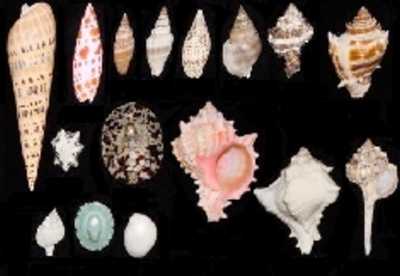![]()
Rare varietiesEndangered loggerheads (carette caretta) Loggerhead is widely distributed in coastal tropic and subtropic waters around the world. Commonly this species wanders into temperature waters, and it is the also the only species which nest in temperature regions. Primarily species is inhabitant of continental shores of warm seas, common in shallow waters. Some specimens can undertake long migrations using warm currents (e.g. Gulf Stream in the North Atlantic). The loggerhead mating season is from late March to early June. Little is known about courtship or mating habits of the loggerhead (or those of any other sea turtle, for that matter). This area is not well studied and needs further research so that we can better understand reproductive behaviours. Loggerhead is the most common species in the Mediterranean and in the Adriatic Sea too. The major nesting sites of Mediterranean population are in Greece, Turkey and Cyprus. There are also nesting activities on Libyan, Syrian, Israel, Tunisian and Egyptian coast as well. The female nesting population of this species in the Mediterranean is estimated on about 5,000 specimens. Loggerheads nest at night. The average nesting usually occurs every two to three years, during the spring and summer, with peak in July, but this can vary from one to six years. In one nesting season female have between two and five clutches, with renesting frequency intervals of about two weeks. Clutch size varies from minimum of 23 to maximum of 190 eggs per clutch. Incubation period generally varies between 50 and 65 days. The time it takes for eggs to hatch is inversely related to temperature. As with all sea turtles, sex determination in hatchlings is also temperature dependent. The length of hatchlings (straight carapace length) is between 33.5 and 55 mm. It is estimated that they reach sexual maturity in about 30 years, when they carapace length is in range from 70 to 90 cm. The loggerhead shares the same threats that menace all marine turtles, because such a significant percentage of the world's loggerhead population lives in Gulf and southwest Atlantic waters, shrimp fishing, gill netting, and activities associated with offshore oil and gas exploitation are particulary dangerous to this species. Mediterranean population perhaps is a little bit lucky but danger is bigger because of very limited volume of them.
|
The three on the right bottom of the picture are murex snails. Aperlai, where you can snorkel over the sunken remains of this half submerged Lycian site. During Roman times Aperlai manufactured and traded the royal purple pigment, extracted from the Murex snail which can be found very rare. The people especially women were wearing purple (Aperlai red or judas-tree red as father Noel's color) lingerie in the midnights of every 25th of December or in the year ends. The human were believing that this habit would bring chance and tranquility in their lives. This special purple dye produced under extreme difficult conditions is so much valuable that emperor Diocletianus issued a law announcing on "the only usage of this dye would be colouring the toga of emperors" Human threat
|
|


